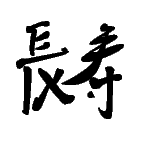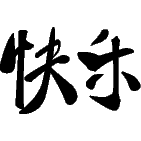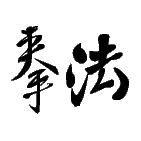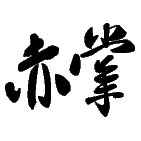
Bono's JKD and Kaju
639 Tully RD
San Jose, California 95111
 |
| Call us |
| (408) 420-2584 Cell |
| (408) 298-2663 Office StfightR@pacbell.net |
| Email Professor Bono |
 |
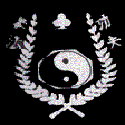 |
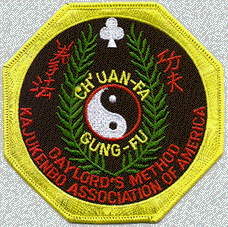 |
We stress the four ranges of fighting, kicking, punching (boxing), trapping and grappling. Our approach is very progressive, using what works best from whatever art it's from. Kajukenbo is our base because of the toughness and tenacity it instills. We also use JKD concepts, Western Boxing, Thai, Savate, Lameco, Brazilian Jujitsu, Shoot, Sambo and a variety of other arts. The training is very realistic and street oriented.
What is Kajukenbo? By Sifu Charlie Walton
Kajukenbo was founded in 1947 at Palama Settlement on Oahu, Hawaii. It developed out a group calling themselves the "Black Belt Society", which consisted of black belts from various martial arts backgrounds who met to train and learn with each other. This was the beginning of an evolutionary, adaptive style designed to combine the most useful aspects of the arts.|
KAJUKENBO: |
KA |
JU |
KEN |
BO |
|
| Art: |
Karate |
Judo |
Jujitsu |
Kenpo |
Chinese Boxing |
| Style: |
Tang Soo Do |
Se Keino Ryu |
Kodenkan Danzan Ryu |
Kosho Ryu |
Chu'an Fa Kung-Fu |
| Contributing Founder: |
Peter Young Yil Choo |
Frank Ordonez |
Joe Holck |
Adriano Emperado |
Clarence Chang |
| Chinese Character: |
|
|
|
|
|
| Meaning: |
"Long life" |
"Happiness" |
"Fist" |
"Style" |
|
| Philosophical Meaning of Kajukenbo: "Through this fist style one gains long life and happiness." | |||||
Kenpo emerged as the core around which this new art was built. Although unaccredited by name, other influences included American Boxing (Choo was Hawaiian Welterweight Champion) and Escrima (Emperado also studied Kali and Arnis Escrima).
In the late 1940's, Palamas Settlement was a violent area and fist-fights or stabbings were commonplace. From this environment, the founders of Kajukenbo wanted to develop an art that would be readily useful on the street. As they trained and fought in and around Palamas Settlement, the founders of Kajukenbo quickly gained reputations as formidable street-fighters. In 1950, Adriano Emperado, along with brother Joe Emperado, began teaching the new art in an open class. They called the school Kajukenbo Self Defense Institute (K.S.D.I.).
The emphasis during training was on realism - so much so that students routinely broke bones, fainted from exhaustion, or were knocked unconscious. Nevertheless, the reputation of this tough new art drew more students and Emperado opened a second school at the nearby Kaimuki YMCA. Soon Emperado had 12 Kajukenbo schools in Hawaii, making it the second largest string of schools at the time. John Leoning, who earned a black belt from Emperado, brought Kajukenbo to the mainland in 1958. Since that time, Kajukenbo has continued to flourish and grow.
From it's beginnings, Kajukenbo was an eclectic and adaptive art. As time has passed, Kajukenbo has continued to change and evolve. Currently, there are a few distinct, "recognized " branches of Kajukenbo: Kenpo ("Emperado Method" or "Traditional Hard Style "), Tum Pai, Chu'an Fa, Wun Hop Kuen Do, and Gaylord Method. In addition, there are numerous "unrecognized" branches, including CHA-3 and Kenkabo. While this may be confusing for an outsider, it is the essence of the art. Students are not required to mimic the teacher, but are encouraged to develop their own "expression" of the art.
